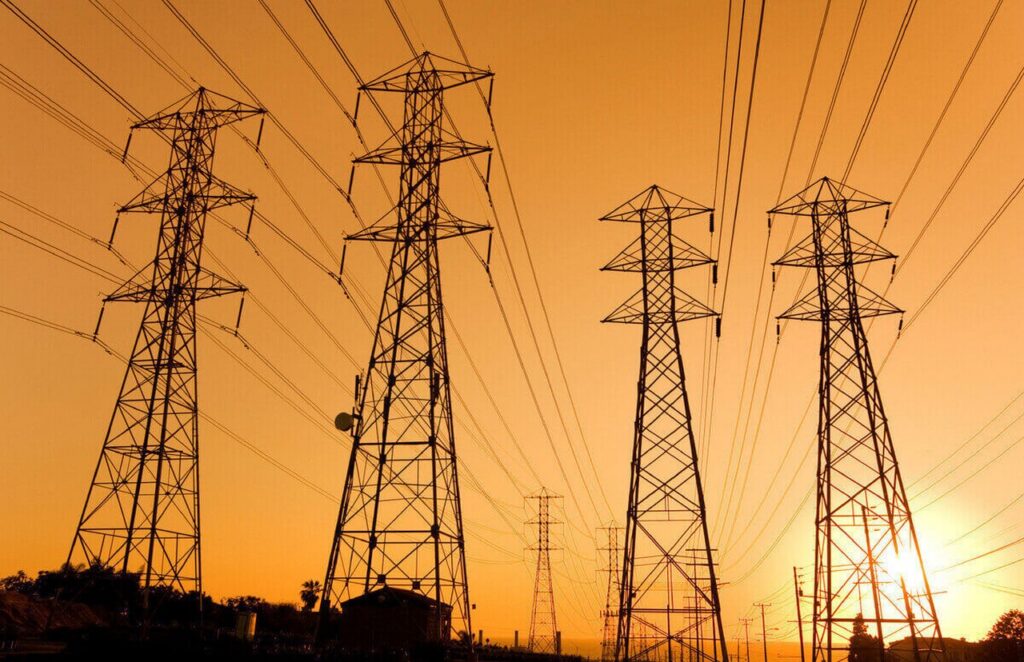Microinverters: The Future of Solar Energy
The world is shifting towards renewable energy sources, and solar energy is leading the way. With the increasing demand for solar energy, it is essential to have efficient and reliable solar systems. One of the most significant innovations in the solar industry is the use of microinverters.
What are Microinverters?
Traditionally, solar panels are connected to a single inverter that converts the DC power generated by the panels into AC power for use in homes and businesses. However, microinverters are small inverters that are installed on each solar panel, converting the DC power into AC power at the source. This means that each panel operates independently, optimizing the power output and improving the overall efficiency of the solar system.
Advantages of Microinverters
1. Increased Efficiency: Microinverters improve the efficiency of solar panels by reducing the impact of shading, soiling, and other factors that can affect the performance of a solar panel. With traditional inverters, shading on one panel can reduce the power output of the entire system. However, with microinverters, each panel operates independently, ensuring that the shaded panel does not affect the performance of the other panels.
2. Improved Safety: Microinverters are safer than traditional inverters because they operate at a lower voltage. In traditional systems, the DC voltage can be as high as 600 volts, which can be dangerous if not handled correctly. With microinverters, the DC voltage is limited to the voltage of a single panel, which is typically around 30 volts. This reduces the risk of electrical shock and makes the installation process safer.
3. Easy Installation: Microinverters are easy to install and can be added to existing solar systems. Unlike traditional inverters, which require a complex wiring system to connect the panels, microinverters are installed on each panel, making the installation process simpler and more efficient.
4. Monitoring: Microinverters provide real-time monitoring of each panel’s performance, allowing homeowners and businesses to track the energy production of each panel. This information can be used to identify any issues with the system and make adjustments to improve its performance.
5. Flexibility: Microinverters allow for greater flexibility in system design. With traditional inverters, the panels must be wired in a specific configuration to ensure that the voltage and current are optimized. However, with microinverters, each panel operates independently, allowing for more flexibility in the design of the system.
Conclusion
Microinverters are the future of solar energy. They offer increased efficiency, improved safety, easy installation, real-time monitoring, and flexibility in system design. With the increasing demand for solar energy, it is essential to have efficient and reliable solar systems, and microinverters provide just that. As the technology continues to evolve, we can expect to see more advancements in the solar industry, making solar energy more accessible and affordable for everyone.

